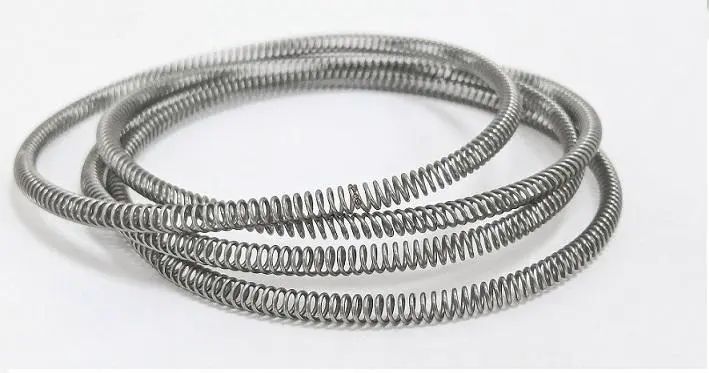
Five major factors affecting the fatigue strength of oblique coil springs
1. There is a certain connection between the yield strength and fatigue limit. Generally speaking, the higher the yield strength of a material, the higher the fatigue strength.
2. The maximum stress in the appearance state mostly occurs on the surface of the spring material, and the smaller the surface roughness of the material, the higher the fatigue strength. Grinding, strong pressing, shot blasting, and rolling are performed on the surface of the material. Both can improve the fatigue strength of oblique coil springs.
3. Size effect The larger the size of raw materials, the higher the possibility of defects caused by various cold processing and hot working processes, and the greater the possibility of appearance defects.
4. When working in corrosive media, the tension spring becomes a fatigue source due to pitting corrosion on the surface or corrosion of the grain boundaries on the surface. Under the action of variable stress, it will gradually expand and cause cracking. To ensure the fatigue strength of tension springs operating under corrosive conditions, materials with high corrosion resistance can be selected. Practice has shown that cadmium plating can greatly improve the fatigue limit of tension springs.
5. The fatigue strength of temperature carbon steel has no fatigue limit at high temperatures. For tension springs operating under high temperature conditions, heat-resistant steel should be considered. Under conditions below room temperature, the fatigue limit of steel increases.
